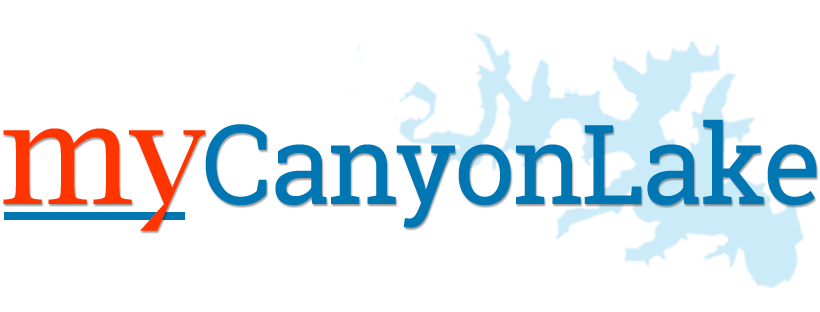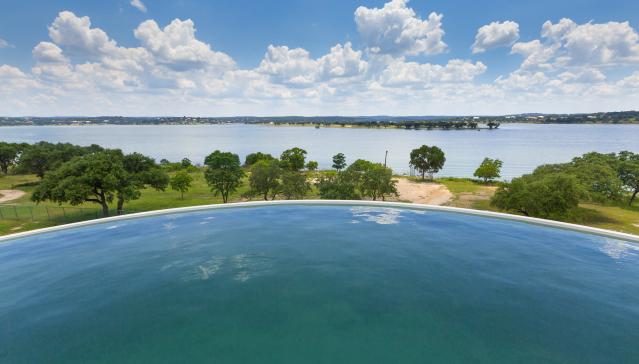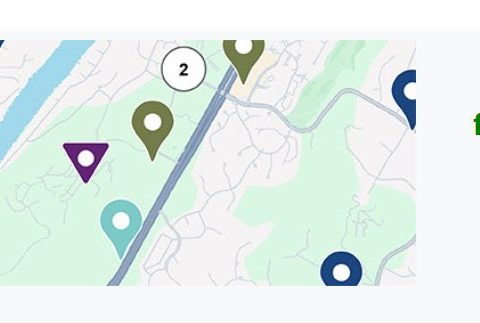Canyon Lake’s water company can meet the water needs of its customers for the next 20 years.
Speaking at Comal County Commissioners Court on Dec. 29, 2022, County Engineer Tom Hornseth told commissioners he’s satisfied with Canyon Lake Water Service Company’s (CLWSC) — updated availability report, which reaffirms the utility’s ability to keep up with the county’s explosive growth.
Each of the utilities doing business in Comal County is required to submit a new report every three years. They include SJWTX, New Braunfels Utilities, Crystal Clear and most recently San Antonio Water System (SAWS).
“This allows the county to approve subdivisions that are connecting to these utilities during the next three years, and as these utilities grow and their service areas get larger and their demands get larger we then reevaluate their capability to serve these proposed subdivisions,” he said.
The reports are a big deal, Hornseth said. It took SAWS 15 years to produce a report that met county requirements.
In the report submitted to commissioners, CLWSC described its water supply as diverse.
“The water supply is shown to be in excess of demand over the next 20 years,” the utility said. “This excess will allow for future growth and provide redundancy during emergency conditions. CLWSC has the experience and resources to meet the projected demand within its service area over the next 20 years.”
To see CLWSC’s current water system map, click here. To read CLWSC’s June 2022 report, click here.
(Editor’s Note: CLWSC is also known as SJWTX.)
Rate Increase
Early this week, SJWTX/CLWSC customers received a letter from their water provider outlining recent “robust and resilient infrastructure improvements” that will allow the utility to provide “life-sustaining water at world-class satisfaction levels.”
However, those come at a cost.
The water provider said it’s applied for a “system improvement change” (SIC) with the Public Utility Commission of Texas (PUCT).
For Canyon Lake customers, that will mean a $4.71/month increase for water customers and a $4.41 increase for sewer customers with a typical residential ⅝-inch size meter.
“This would reflect a 7% increase in its residential customer bills (⅝-inch meters at 5K gallons),” SJWTX/CLWSC President Tom Hodge said in the letter.
Over the last five years, more-efficient appliances and reductions in the amount of water used for irrigation helped customers realize a 1% decrease in their bills each year.
But the utility blamed a 19.5% increase in the Consumer Price Index (CPI) since 2018 and high inflation levels for the new rate increase.
“The SIC is a surcharge to customers allowing a utility to earn a reasonable return on its capital investments that were installed or implemented between 2020 and the present,” Hodge said.
Despite the rate increase, the average cost-per-gallon for retail customers is still less than one-tenth of a percent.
Recent water system improvements to be funded by the SIC include:
- Additional 1.25 million gallons of storage.
- Five new backup power generators installed to maintain service during power outages.
- Plant expansions that added 95,000 gallons per day of production.
- Replacement of approximately eight miles of transmission lines prone to failure.
- Replacing aging and obsolete water meters with new ‘smart’ meters.
SJWTX is a subsidiary of SJW Group, which serves approximately 75,000 people through over 24,400 connections in a 250-square-mile service area that include Comal, Blanco, Kendall, Bandera, Medina, Hays and Travis counties.





Well, my water is out right now in Rolling Hills Subdivision
Data shows that even in a normal rain season for the incoming water to Canyon Lake, there is still more outgoing water to support/supply water to the surrounding communities. This is not a sustainable situation.
Canyon Lake will go dry as we are seeing.
That is complete BS. We have not been able to water our yards for a year now. Build some more homes, stores and schools and we won’t be able to flush our toilets. Come on! Open Your Eyes